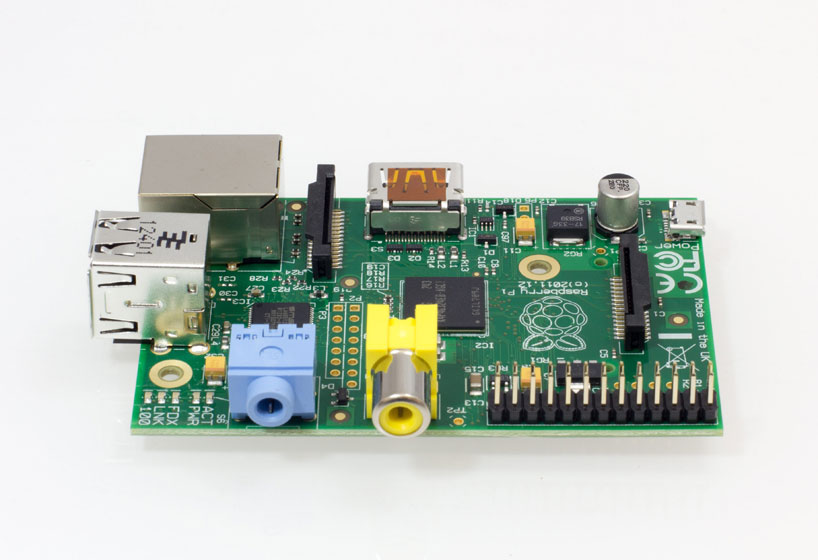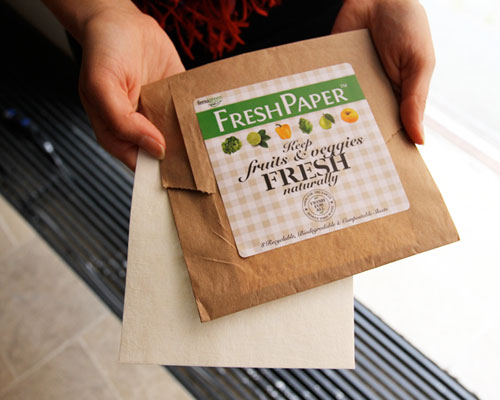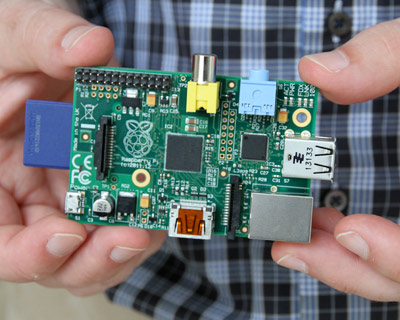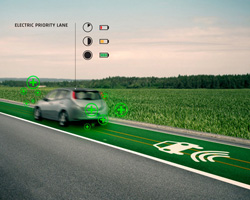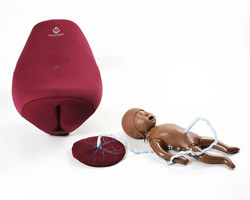INDEX: award 2013 winners announced
WORK – raspberry pi
awarded biennially in denmark, under the attendance of HRH the crown price of denmark, the INDEX: award is the biggest design award in the world (€500,000) – and probably the most important. the importance of the INDEX: award lies in the unique, over-arching theme of design to improve life – a concept which has established the prize as a global, inspirational design beacon. INDEX: award is split into five categories: body, home, work, play and community, representing the entire human life, inside to out. one prize worth €100,000 is presented to the winner in each of the categories.
from the pool of nominations, an international jury of designers, design scholars and thinkers, business people and curators will select a group of finalists, who will be displayed in the world touring INDEX: award 2013 exhibition. all incoming nominations are evaluated according to three criteria form, impact and context, and address large-scale challenges that the world faces today and/or will face in the future.
—
in 2013, the following designs were awarded the prestigious prize:
INDEX: award 2013 : BODY – mama natalie birthing simulator
INDEX: award 2013 : HOME – fresh paper
INDEX: award 2013 : WORK – raspberry pi
INDEX: award 2013 : COMMUNITY – copenhagen climate adaptation plan
INDEX: award 2013 : PLAY – smart highway by daan roosegaarde
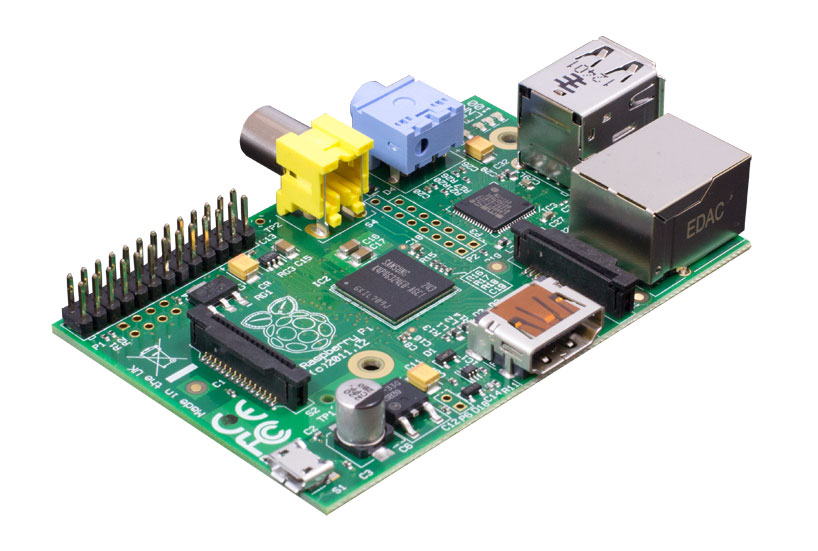
raspberry pi foundation receives an INDEX: award 2013 for raspberry pi, a credit card sized, and highly affordable computer that can be used by people, especially children, all over the world to learn programming.
designed in cambridge and manufactured in wales, the raspberry pi is looking to be a catalyst towards solving the world’s computing issues by educating and empowering today’s youth about programming. the raspberry pi foundation is a non-profit organization that spent 6 years developing their first raspberry pi. raspberry pi is a computer the size of a credit card, at a price of $25, designed to activate mainly kids into coding computers. according to an article by the bbc, they are able to keep the costs down due to the goodwill toward the project. the software is open-source, chip manufacturers have kept their prices low, and the majority of the profits are funneled towards improving the devices and creating incentives to get children programming. ravi naidoo adds that ‘we must prepare kids better for a more digitalized world, not just envelope them in ready-made tech. we don’t want to live edited lives, we want to live creative lives.’
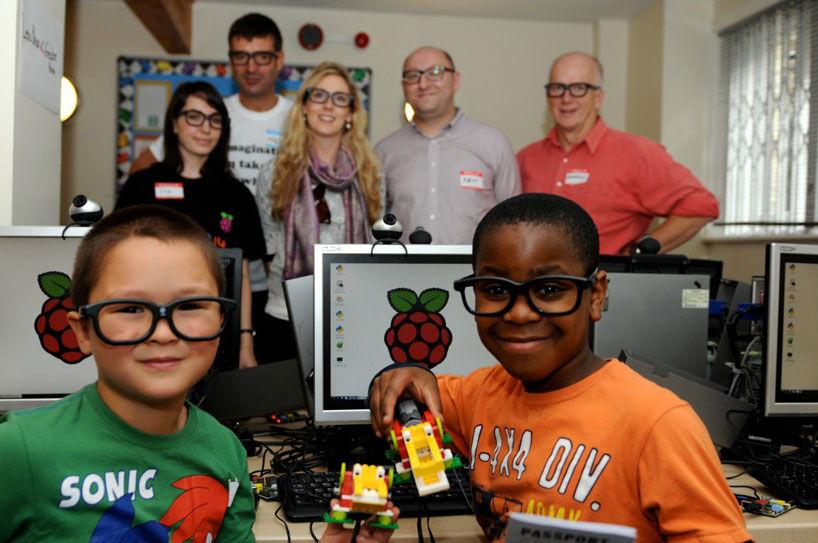
eben upton and his colleagues at the university of cambridge’s computer laboratory sparked the idea for a highly affordable and customizable mini-computer in 2006 due to the year-on-year decline of both the numbers and skill levels of students applying to study computer science. upton explains that in contrast to the 90′s when those applying had experience within programming gained through their hobbies, a typical applicant in present day might only have minor skills within web design. due to the lack of good quality applicants, which is backed by research carried out by the royal society that shows there has been a 60% decline in the number of british students achieving an a-level in computing since 2003, they were unable to fill classes and realized something needed to be done in order to solve this increasing problem. the ability to provide kids with a tool that can help them to understand computer coding and the ability to distribute computer power widely for very little money. the low price of raspberry pi’s ensures that creativity and play can be added to children and young people’s use of computers and programming.
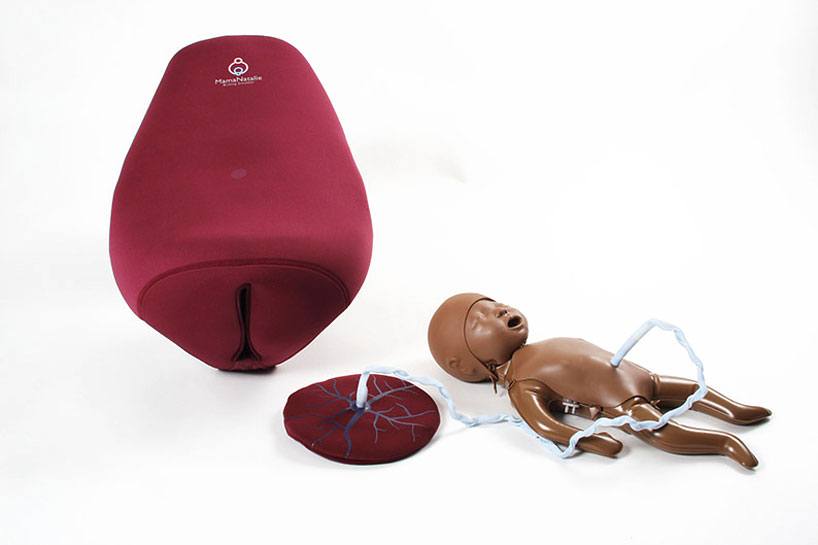
INDEX: award 2013: BODY – mama natalie birthing simulator
laerdal global health receives an INDEX: award for offering a simple low cost solution to a challenge that is at the very focus of the global community.
every day, 3,000 newborn babies die from birth asphyxia along with 1000 birthing mothers. the enormity of this challenge is stressed by the fact that it is included in no less than two millennium development goals. in addressing this challenge, in very different and often impoverished communities in developing countries, laerdal global health have taken a unique approach by combining industrial design with education. the learning kit facilitates interactive learning, providing practical hands-on training. as jury member ravi naidoo points out ‘after all, a pilot wouldn’t fly a plane without proper training and flight-simulation. why should a midwife be any different?’ the natalie collection offers a trio of needs-based, robust and extremely affordable devices and training solutions; the kit consists of the neonatalie suction, neonatalie newborn simulator and the mama natalie birthing simulator – all which are designed to save thousands of lives.
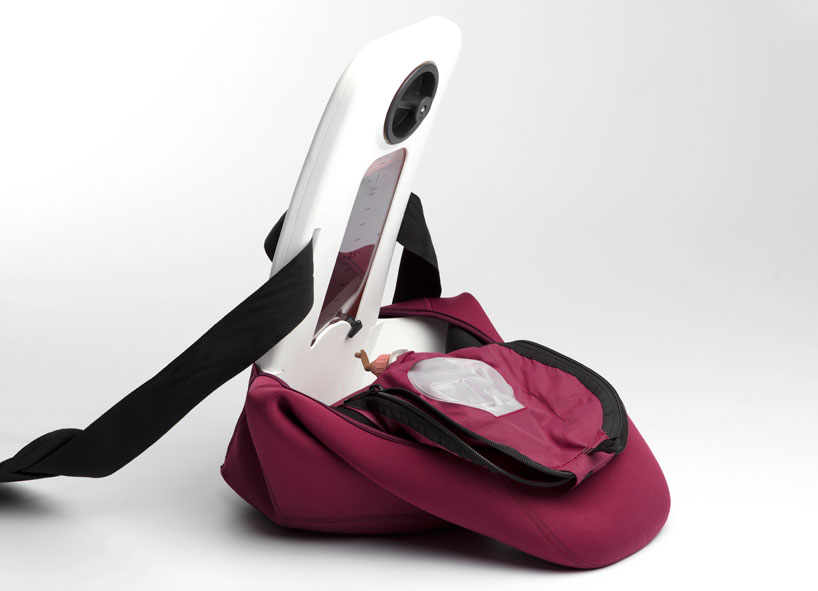
the neonatalie suction is a silicone penguin-shaped suction device. it is soft and formidable as to access baby nostrils effectively and safely, can be easily disinfected, all the while being durable and allowing inspection of the suctioned material due to its transparency. its form is also inviting to use, and after all – it’s easy to just say ‘penguin’ in stressful situations. it only focuses on the important aspects of a baby’s body to provide realism only where it is important. details such as weight, head articulation, umbilical pulse, as well as the babies’ breath and heartbeat have been simulated as closely as possible, making the subsequent handling of a real-life baby only a minor adjustment.
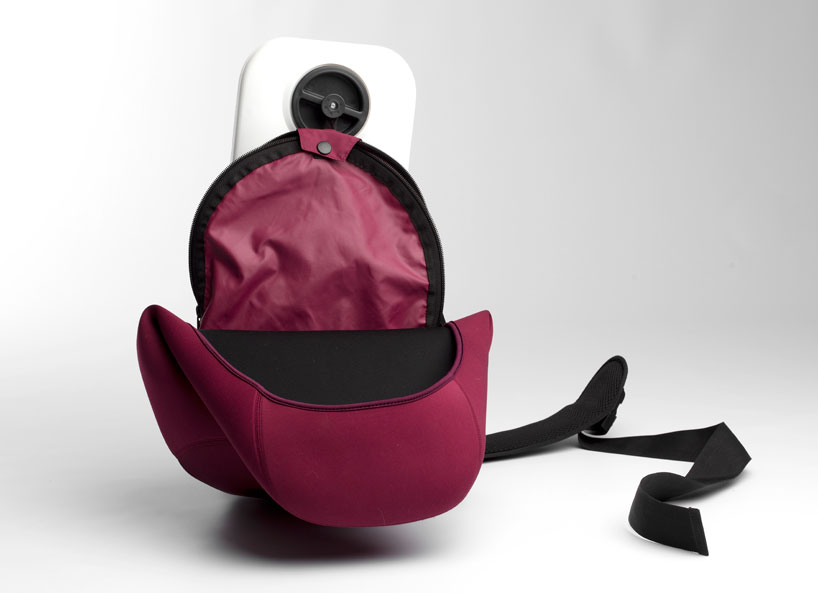
the wearable contraption simulates a woman’s womb in a realistic, yet culturally sensitive and inoffensive way. again, only the most important aspects are focused on and aesthetic details are left out to provide the best training possible without distractions. also, the simulator is compatible with the use of fake blood in training to deal with post birth bleeding, which is a leading cause of maternal deaths.
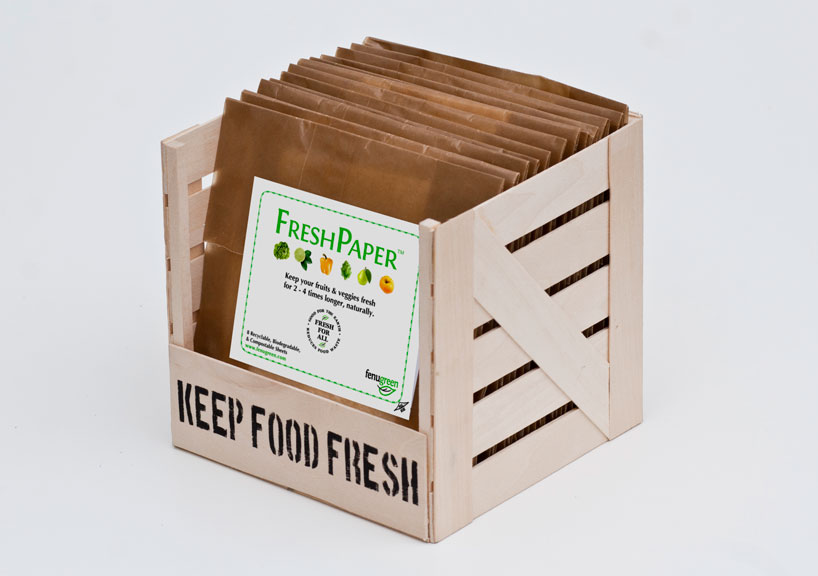
INDEX: award 2013 – HOME – fresh paper
freshpaper receives an INDEX: award for addressing one of the world’s most pressing challenges – the massive, yet often overlooked, global challenge of food waste.
kavita shukla, a young inventor and designer happened to come across an old recipe after accidentally drinking some tap water while visiting her grandmother in india. her grandmother gave her a home remedy – a mixture of spices, which kept her from getting sick. after years of research and development, (starting with a middle school science project), kavita discovered a new application of her grandmother’s generations-old home remedy – a remarkably effective way to keep food fresh called freshpaper.

freshpaper is a simple sheet of paper infused with organic spices; amongst others – fenugreek, which inspired the company’s name. this ingeniously simple idea has the properties to keep fruits and vegetables fresh longer without spoil. as it turns out, kavita’s grandmother’s recipe inhibits bacterial and fungal growth, along with degradative enzymes. as for usage, freshpaper only needs to be placed wherever the produce, which it is to protect, is stored. ‘the design is a remarkable way of re-thinking, re-purposing and re-combining an old tradition with industrial knowledge into an easy-to-use everyday consumer product for everyone.‘ says jury member patrick frick’
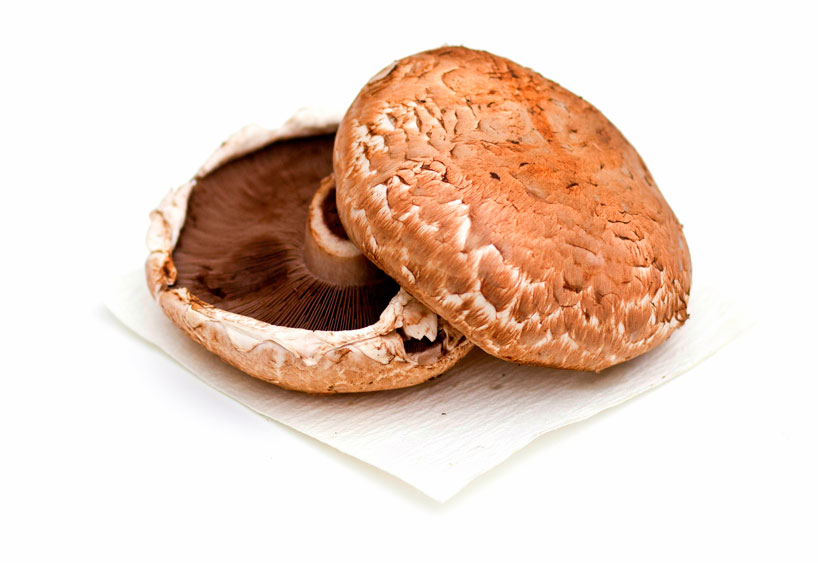
freshpaper focuses on saving food as opposed to producing more. with its simple, sustainable approach it potentially offers a low-cost, intuitive and accessible solution to a complex problem. in a sustainable way, and by simple means, freshpaper has great potential to reduce the need for refrigerating produce and thus improve the lives of people in the industrialized world and the developing world. freshpaper also receives the award for being a transformational design idea that raises global awareness about food waste.
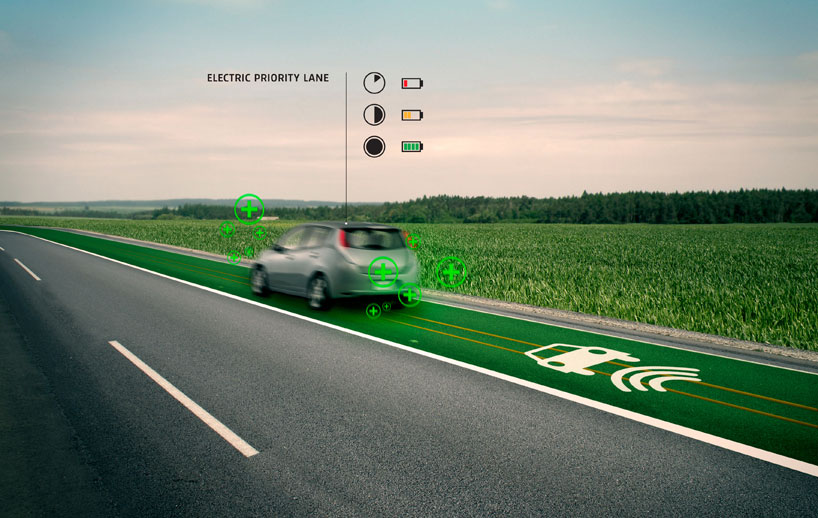
INDEX: award 2013 : PLAY – smart highway by daan roosegaarde
smart highway receives INDEX: award 2013 for offering the world an entirely new approach to roads, which is not only beautiful and alluring but also a sustainable and cost-effective solution.
smart highway is an interactive and sustainable road that includes a five-step plan for modernizing european roadways. it proposes embedding highways with technology that can visually communicate when the road is slippery, charge your electric car as you drive, and generate electricity for its own lights. the goal is to make roads more sustainable and interactive by using light, energy and road signs that automatically adapt to the traffic situation. new design concepts include the ‘glow-in-the-dark road’, ‘dynamic paint’, ‘interactive light’, ‘induction priority lane’ and ‘wind light’.
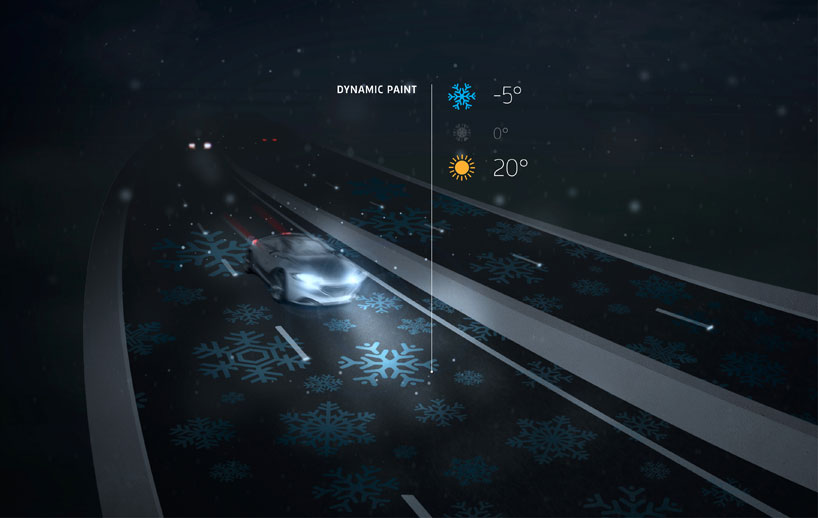
the smart highway isn’t a completely new road, but rather, a kit of parts that can be applied to existing roads as needed. ‘it’s not an esoteric thing, it’s a pervasive thing, after all, we all know roads’, says jury member ravi naidoo. for example, “dynamic paint” communicates with drivers about weather and traffic changes. when the temperature drops under freezing and the roads become slick, the paint would activate, covering the road with a dusting of bright cartoon snowflakes. similarly, a glow-in-the-dark paint treated with photo-luminizing powder could reduce the need for auxiliary lighting. charged in daylight, the glow-in-the-dark road illuminates the contours of the road at night for up to 10 hours.
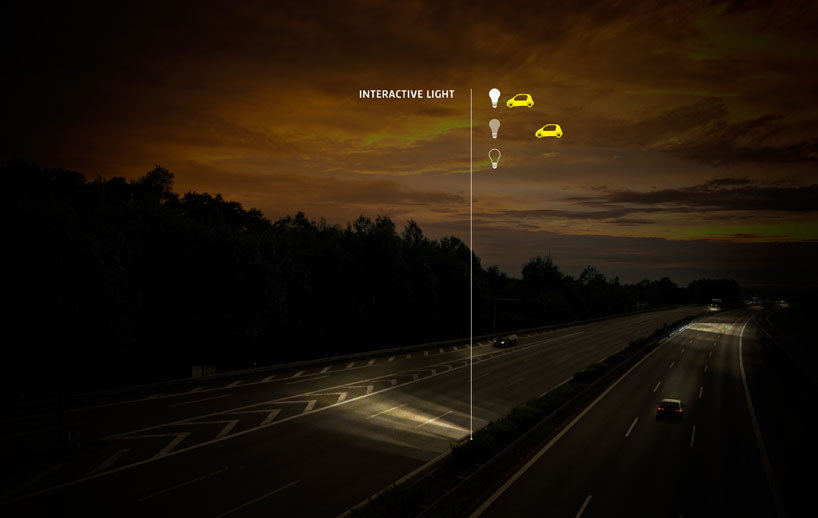
‘we live in a city of endless gray concrete roads, surrounded by steel lamps. they have a huge visual impact on our city. but why do they remain so rough and without imagination? why not make them a vision about mobility, a symbol of the future?’ says daan roosegaarde.
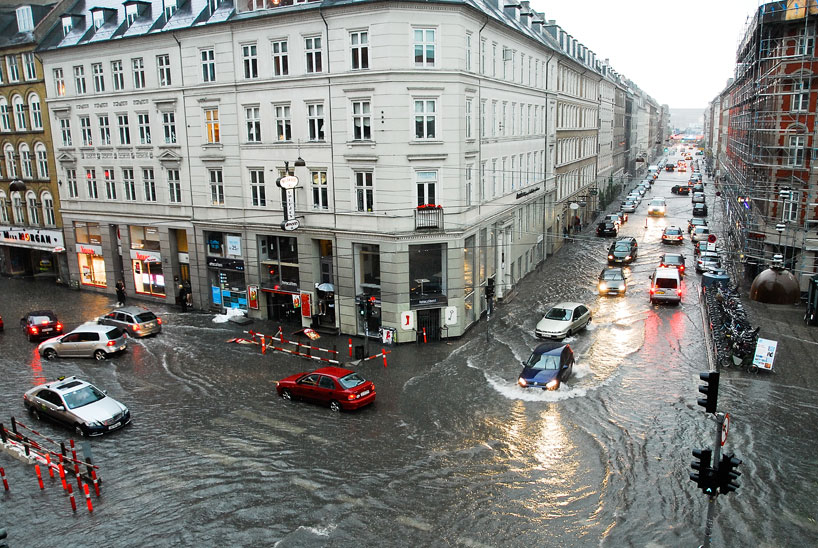
INDEX: award 2013 : COMMUNITY – copenhagen climate adaptation plan
copenhagen city receives index: award 2013 for copenhagen climate adaptation plan, a plan that provides a unique and robust framework for many sustainable design solutions in the near future.
whether or not co2 emissions and greenhouse gases are to blame, an irreversible fact is that the planet’s climate is currently in a state of change, throwing tsunamis, earthquakes and massive rain pours at its inhabitants. and even though we cannot precisely predict the next natural disaster, we do know that our surroundings are changing dramatically. the city of copenhagen, denmark, has found a way to connect and address climate challenges in one master plan – the city’s climate adaptation plan, aiming to prepare copenhagen for the future by developing the danish capital as a climate proof, attractive, and green city. as jury member arnold s. wasserman puts it, ‘foresight is of critical importance.’
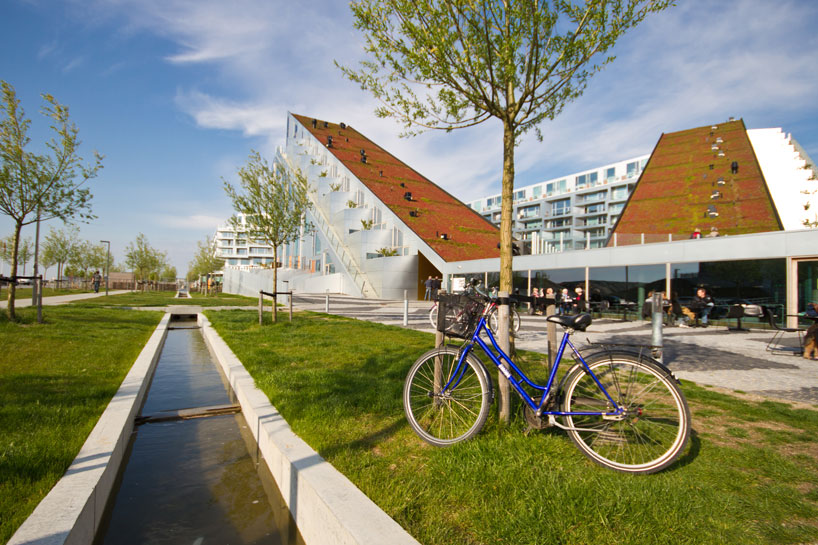
in the climate adaptation plan, experts have assessed which challenges are the biggest and where copenhagen as a city can derive the greatest benefit by taking action now and in the coming years. at the same time, the city is looking at how such measures – necessary for copenhagen to adapt to the future climate – can be of pleasure and benefit to the city here and now. copenhagen climate adaptation plan is ‘designing the city of tomorrow today’ says jury member john heskett.
copenhagen is taking a lead in addressing climate change by targeting the three key levels of climate adaptation:
-minimizing potential damage arising from climate change.
-warning and response systems to deal with abnormal conditions.
-preventive infrastructure to cope with damage, loss and traffic disruption.
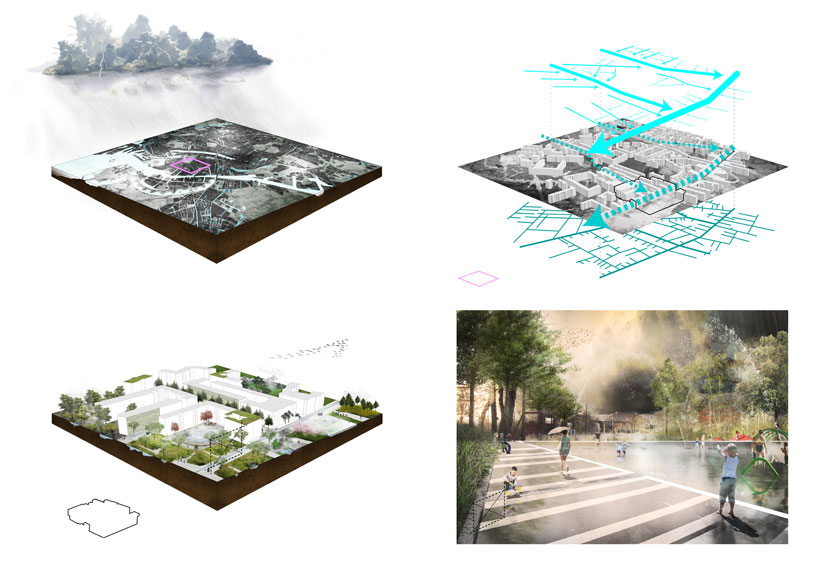
the climate plan is tightly interlinked with copenhagen’s other key plans for green, sustainable social and economic development. taken together, these plans serve as the framework for hundreds of danish designers, architects and engineers working on detailed designs for a vibrant and resilient habitat for the 21st century.
PRODUCT LIBRARY
a diverse digital database that acts as a valuable guide in gaining insight and information about a product directly from the manufacturer, and serves as a rich reference point in developing a project or scheme.
